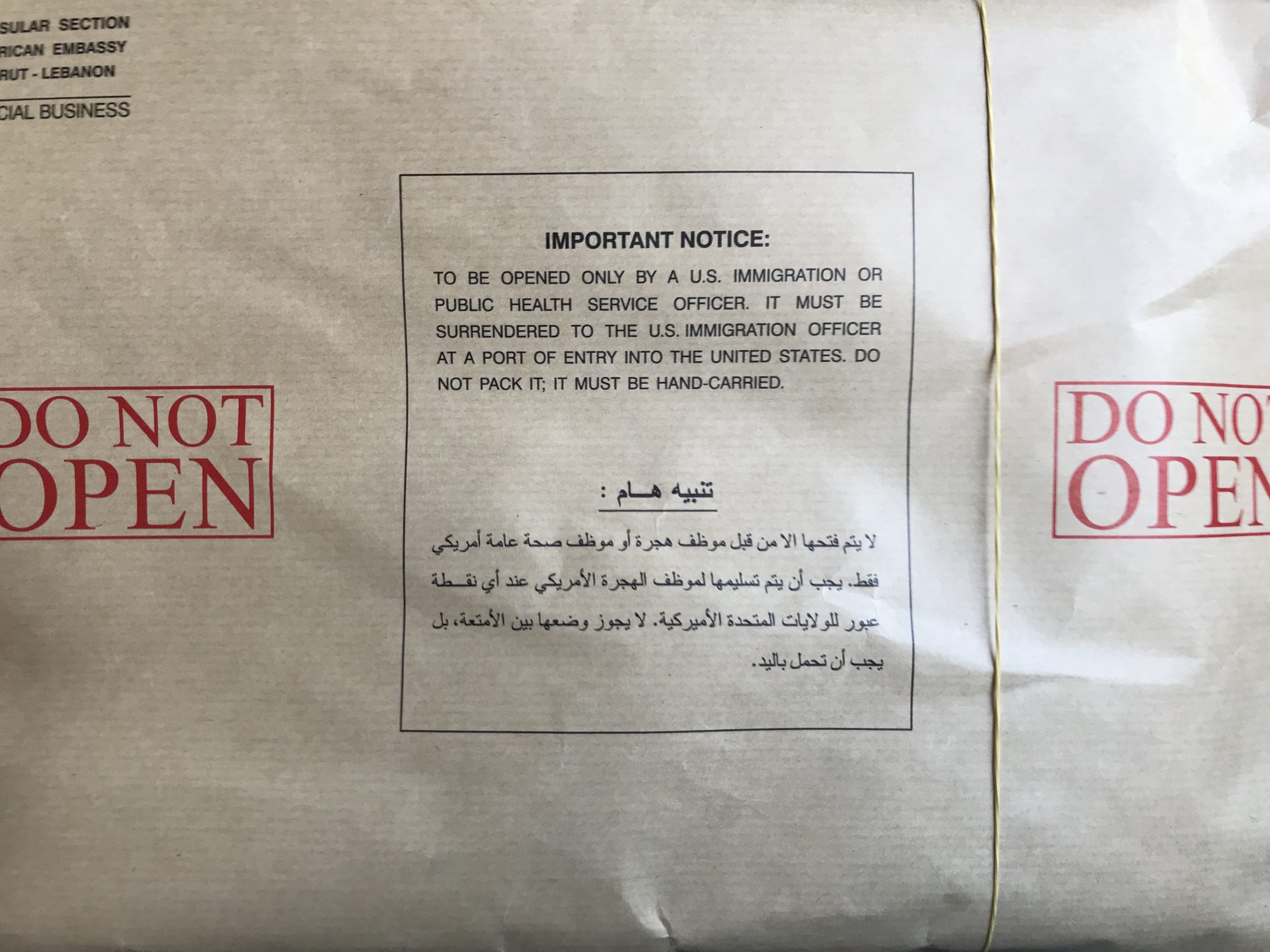+ “Open my lips, O Lord, and my mouth shall proclaim your praise.”
Maybe it’s because I’m your Communications Minister, or maybe it’s because this is my first time preaching – ever… But I’ve been thinking a lot about all the bits and pieces we use to make this a meaningful time spent together. The readings, the music, the cover art on your bulletins – how everything is curated just so to make sense.
I’ve never been to seminary, but I imagine it to be a lot like film school, which I have been to – every year, without fail, some bright-eyed freshman is going to make a movie about movie-making. Something “meta,” something that “breaks the fourth wall.” And while this is not a homily about writing homilies, my reflections are self-aware. Aware of our expectations of each other, when we come together like this; aware of the function I’m meant to play up here; aware of the coronavirus; aware of your expectations of me.
To stretch the film school analogy a little more, being up here is a lot like Soviet montage theory – let me tell you how: the Russians discovered that taping bits of film reel together tapped into a mysterious plane of interpretation: Shot A + Shot B = Idea C. Or, in our case: Old Testament + New Testament = Biblical Teaching.
Isn’t that the point of preaching? To tie these scenes together? To draw us to a conclusion?
There’s some warrant to this way of thinking about the Bible. In today’s Gospel story, Jesus is splicing together two very different biblical scenes to make a point. Solomon plus Jonah equals… well, equals something kinda “out there.”
I’d like to imagine that at least one person in that crowd was thinking: “What is this guy even talking about??” “Jonah is a sign? I thought Jonah was a prophet. Sounds like a category mistake to me.” “And wasn’t Jonah kind of a jerk? Doesn’t seem that hard to be greater than that guy.”
But that’s sort of the point.
Jesus the semiotician is presenting a wild re-reading of the established canon. Jesus is edgy and avant-garde, and those of us who come often to things like this have the privilege of getting what he’s up to –
‘The Sign of Jonah is obviously pointing forward to Jesus’ own death and resurrection.’ Right? We get it. High fives all around!
But of course, it’s anything but obvious. Nothing about Jonah’s time in the belly of the whale is self-evidently pointing to Jesus. Ask anyone new to the faith. That sort of claim stretches the imagination. But early Christ-followers learned to see as Jesus sees, and read as Jesus reads, to make the connections that many of us now take for granted, when the shots are laid out for us by the lectionary and the preacher reinforces these connections in their sermon.
But here’s where it gets tricky: Jonah wasn’t just a sign – Jonah was the ONLY sign. No other sign would be given but that sign.
One scholar writes: “if we think of Jonah as a sign, perhaps we can infer that the sign of Jonah also seeks to describe, direct, inform, correct and clarify our reading of other signs – in fact, the priority given this sign might even warrant the reflection that the reading of this sign [represents] the logic of Scripture.”†
*mind blown*
Did you catch that? The way that Jesus teaches us to read the Sign of Jonah might be how Jesus is teaching us to read and receive the light of Revelation itself: Creatively, counter-intuitively, with just a little bit of “cray”…
The same scholar goes on listing out the many ways we can keep reading this sign, thanks to the invitation of Jesus:
“There is the casting of lots in the Jonah story, and the casting of lots in the Triduum. Jonah is cast onto the raging sea for it to become peaceful, Christ is cast onto the raging Cross to become peace itself….Jonah performs a sacrifice of praise to the Lord ‘out of the belly of Sheol’, Christ releases the captives from the dead, himself the sacrifice of praise. The Lord releases Jonah from the belly of the fish, and raises Christ from the dead. Jonah ‘gets up,’ preaches destruction, the city repents, and God saves Nineveh; Christ is raised from the dead, preaches repentance and the forgiveness of sins – saving the cosmos. We can imagine reading the redemptive sign of Jonah in relation to these other signs if, as a community of readers, we find these relationships meaningful.”† — END QUOTE
This is not left-brain stuff.
This is wild. This all over the place. And, I would add, this is orthodox.
With apologies to Jesus the Christ: you’ve heard it said that there’s a clear choice between right belief and doing new things – but I say: that’s not the deposit of faith we’ve actually received.
Our most traditional concepts, like the Trinity, like the Incarnation – these defy mainstream logic. Our doctrines are dynamite: they blow up comfortable categories.
So yeah. Lent.
Lent is a time of “right faith,” right action, of doing the right thing. Let us also make it right-brained. Let us make it a time to intensify and excite, to break with habits that make it difficult to see as God sees. To see as though for the very first time.
The Psalmist talks about our sacrifice as “a troubled spirit,” and I take that to mean a faith that never settles for the easy answers. “It is the Holy Spirit who excites us and releases energies in us, as we read the logic of Scripture this way.”† — the way that Jesus reads Scripture. The way that Christ sees.
Christ, the Word and Interpretive Key.
Christ, the Author and Story.
Christ, the Hidden Sign in plain sight.
† Pecknold, Chad. “Reading the Sign of Jonah.” Journal of Scriptural Reasoning (2003).
